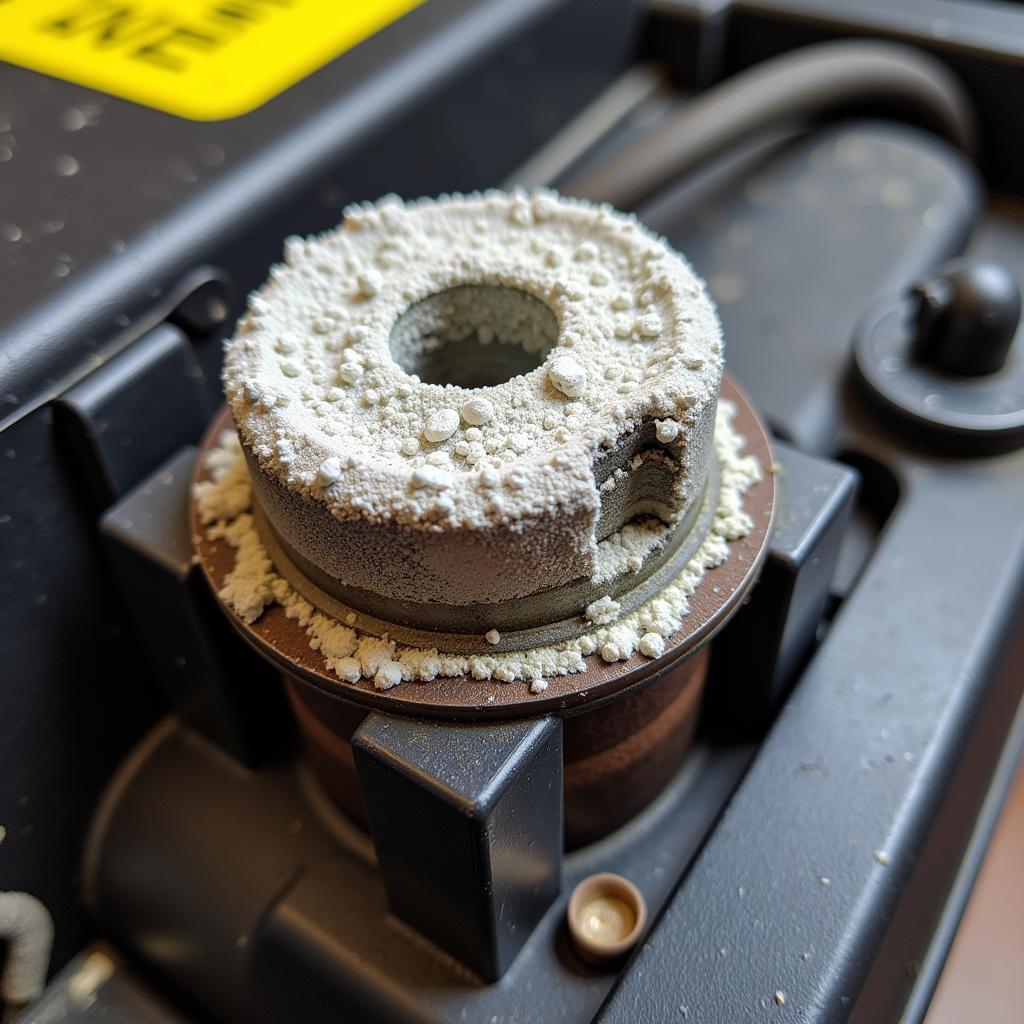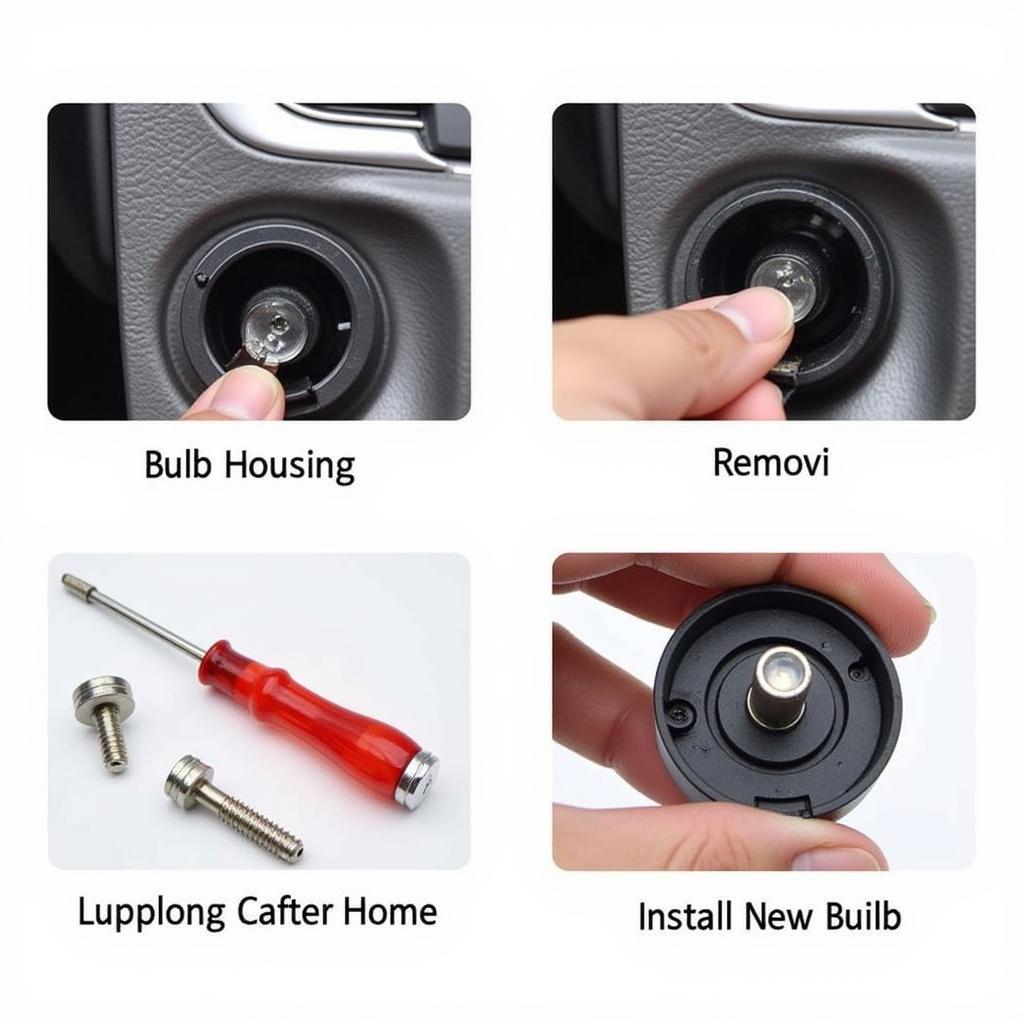Waking up to a dead battery after your car sat overnight is frustrating. This article will help you diagnose the problem, identify potential causes of a “battery dead after sitting overnight” scenario, and offer practical solutions to get you back on the road. We’ll explore everything from parasitic draws to faulty alternators and provide expert insights to fix the issue.
One common cause is a parasitic draw, where an electrical component continues to consume power even when the car is off. This could be anything from a faulty interior light to a malfunctioning radio. Identifying and eliminating the parasitic draw is crucial to preventing your battery from draining overnight. Another potential culprit is a failing alternator. While the alternator charges the battery while the engine is running, a faulty one won’t properly charge, leading to a dead battery after prolonged inactivity.
Why is My Car Battery Dead After Sitting Overnight?
There are several reasons why your car battery might be dead after sitting overnight. Pinpointing the exact cause can be tricky, but with a little troubleshooting, you can get to the root of the issue.
Common Culprits Behind a Dead Battery
- Parasitic Draw: A small but constant drain on your battery, even when the car is off, can deplete it overnight. Common culprits include interior lights, glove box lights, faulty door switches, or even aftermarket accessories like stereos.
- Failing Alternator: The alternator recharges the battery while the engine is running. A failing alternator won’t charge the battery effectively, eventually leading to a dead battery.
- Old Battery: Batteries have a limited lifespan, typically 3-5 years. An old battery is more likely to discharge quickly, especially in cold weather.
- Extreme Temperatures: Extreme heat or cold can stress the battery and reduce its capacity.
- Corroded Battery Terminals: Corrosion on the battery terminals can hinder the flow of electricity, preventing the battery from charging properly or discharging effectively when needed.
 Car Battery Terminal Corrosion
Car Battery Terminal Corrosion
Diagnosing and Fixing a Dead Battery
Identifying the specific cause requires some investigation. Here are some steps to diagnose and fix a dead battery:
- Test the Battery: Use a multimeter to check the battery’s voltage. A fully charged battery should read around 12.6 volts. A lower reading indicates a problem.
- Check the Alternator: With the engine running, the voltage should be around 14 volts. If it’s significantly lower, the alternator might be faulty.
- Inspect for Parasitic Draw: With the car off and everything turned off, disconnect the negative battery cable. Connect an ammeter in series with the cable and the battery terminal. A reading higher than 50 milliamps suggests a parasitic draw. To identify the source, remove fuses one at a time while observing the ammeter. A significant drop in the reading indicates the circuit with the parasitic draw. You may find helpful wiring diagrams on sites like this one for wiring up a car radio.
- Clean the Battery Terminals: Use a wire brush and a baking soda solution to clean any corrosion on the battery terminals.
“Regular battery maintenance, such as cleaning the terminals and checking the voltage, can significantly extend its lifespan,” says John Smith, Automotive Electrical Engineer at Advanced Auto Solutions.
Preventing Future Battery Problems
Once you’ve fixed the immediate issue, take preventative measures:
- Regularly check and clean battery terminals.
- Have your battery tested annually.
- Limit short trips, as they don’t give the alternator enough time to fully recharge the battery.
- Turn off all lights and accessories when parking your car.
- Consider a battery maintainer if your car sits unused for extended periods.
“Understanding your car’s electrical system is key to preventing battery problems,” adds Jane Doe, Lead Technician at Auto Electric Experts. “Resources like a vw car radio wiring harness can help you understand your car’s electrical components.”
Conclusion
A battery dead after sitting overnight can be a nuisance, but understanding the potential causes and taking appropriate action can resolve the problem and prevent future occurrences. By following the steps outlined in this article, you can diagnose the issue, implement effective solutions, and keep your car running smoothly. Resources like a universal car radio wiring harness can be helpful when troubleshooting electrical problems. Don’t forget to check your car factory wiring harness color vw radio wiring diagram for more information specific to your car model. Sometimes older car models, such as a 2003 lincoln town car radio wiring diagram, can be particularly challenging to diagnose.



